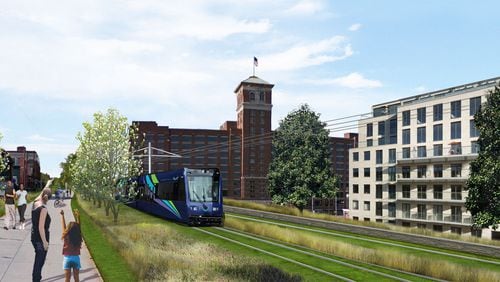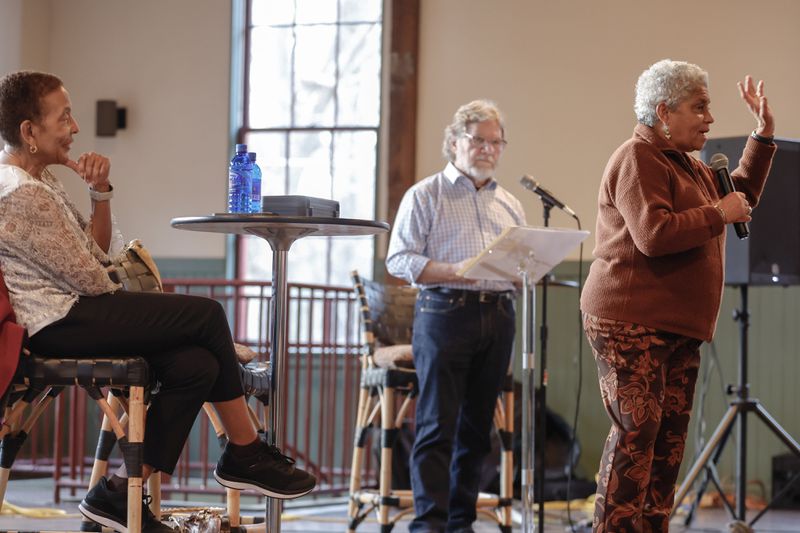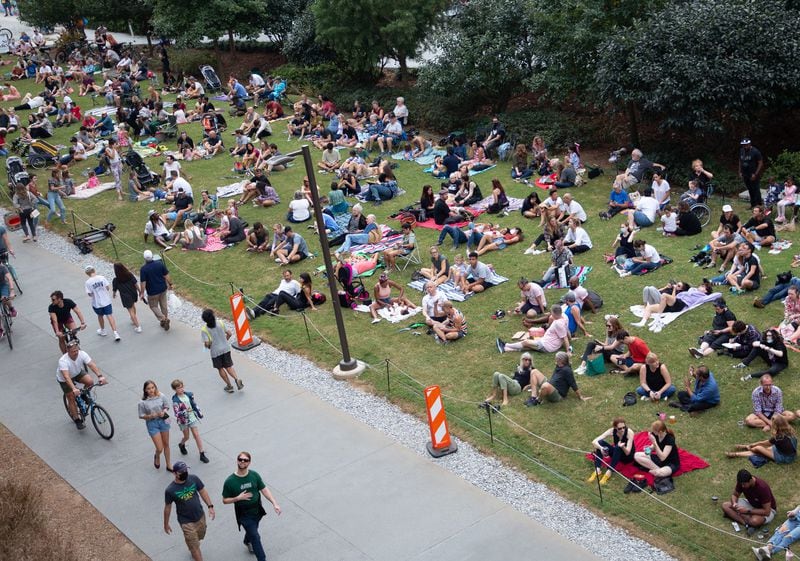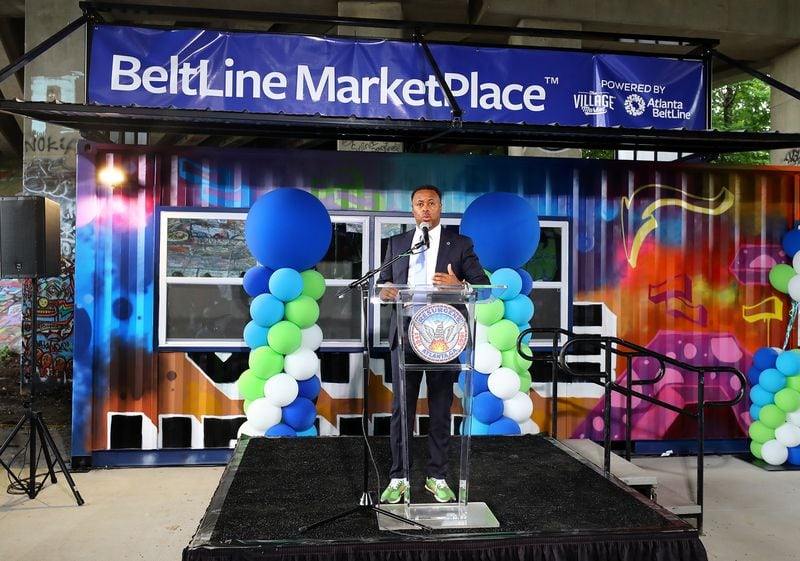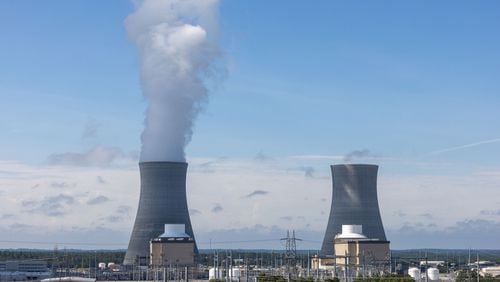At a meeting Monday night at the old Trolley Barn in Inman Park, veteran Atlanta do-gooder Bill Bolling apologetically told a crowd he did not have answers to their questions about plans to build a light rail line on the Beltline.
Bolling, who moderated a discussion about the increasingly controversial issue, said questions really should be answered by officials from MARTA or the Atlanta Beltline.
Bolling, the founder of the Atlanta Community Food Bank and who knows how things work here, left out the most important voice in this process: Mayor Andre Dickens’.
The mayor’s opinion is the one that matters on whether the city should spend $230 million — or more — to extend the city’s downtown streetcar 2 miles up the Beltline to Ponce City Market.
MARTA got stuck with the project. Last year, the transit agency’s board members largely held their noses and voted to go forward studying the expensive future boondoggle. The reason for the tepid support? Basically, they said it was the city’s money and Dickens wanted it.
By that, they meant the money that would be used to build that rail is from the city’s More MARTA fund, a special sales tax passed by voters in 2016 to improve public transportation in the city. Notably, MARTA has not asked for federal dollars to fund the construction. It seems they know the feds won’t cough up money for it.
So, it’ll have to be all on the city’s dime.
And as for the Beltline leaders answering questions about whether the light rail should be built, well, that’s a no-brainer — they’re all in.
There are two reasons why the Beltline organization supports the project:
1) The mayor wants it.
2) Job security.
That second reason hit home Monday afternoon when the Beltline leadership team met with AJC editors and reporters to talk about the state of the 22-mile loop. During the meeting, Beltline CEO Clyde Higgs said the path will be 85% under construction by year’s end and hopefully finished by 2030.
During the meeting, the Beltliners displayed a slide showing a whole bunch of faces — the “Beltline team.” I started counting them but Higgs answered my unasked question. There are 70 employees.
It’s a white-collar jobs program.
The last annual report, fiscal 2023, shows $8,975,625 in “payments to employees and related benefits.”
That’s nearly 50% more than 2018, when $6,085,188 was paid out.
Now, you might be saying, well, they’re busier today than ever. But the Beltline spent more in land “acquisition and construction of capital assets” in 2018 ($46.2 million) than it did in 2023 ($24.9 million.)
Credit: Steve Schaefer
Credit: Steve Schaefer
The end of construction of the path is in sight and no good bureaucracy wants to fold up and say, “We’re done.”
No, adding rail to the project will keep the studies and the community meetings and the engineering — and money — flowing.
Hans Klein, a Georgia Tech professor who has been a public opponent of the Beltline rail, smiled when I told him of my theory of bureaucracy sustainability.
“It’s a crisis of completion of mission,” Klein said. “There’s no greater failing than successfully completing your mission.”
When asked about the public pushback on rail, Higgs said, “there’s just been a gulf of new information — perhaps misinformation out there — about what Beltline transit is to be.”
“I just think the general public needs the information, he said, adding, “I don’t think we’re working from the same set of facts.”
I asked MARTA about ridership studies so we can work from those “same set of facts.”
MARTA told me: “The project team is focused on the first task of the project, which is to evaluate and make recommendations on the current Streetcar operations. We do anticipate conducting a ridership study as the project continues to advance.”
Hmm.
Credit: Curtis Compton / Curtis.Compton@
Credit: Curtis Compton / Curtis.Compton@
Higgs said the debate about whether rail should go forward and be “open” and “transparent.” But his team seemed very supportive of it while discussing the project.
They continually brought up the term “equity” when describing it, even though it would be in one of Atlanta’s most affluent areas. The pro-rail crowd responds to that argument by saying you have to start somewhere and this is the logical place.
They argue the Beltline gives a freed-up path for the rail cars, unlike the downtown streetcar which gets clogged in traffic.
But even if this section is a dud, the pro-rail folks will argue, “Keep building. It’ll work eventually.”
Meanwhile, Mayor Dickens has shifted from an all-in stance to “let’s have a discussion.”
“I have always been supportive of some transit on the Beltline, but I’m also sober and aware enough to know that our 20-year vision from when Ryan Gravel and company came up with it, now 20 years later, we’ve got to look at how real is it,” he said last month, referring to the former Georgia Tech student whose thesis was the idea for the Beltline.
“If we find that that’s not viable, (there’s) no reason to build something that’s not going to be used,” Dickens added.
I can see the lightbulb going off in the mayoral noggin.
